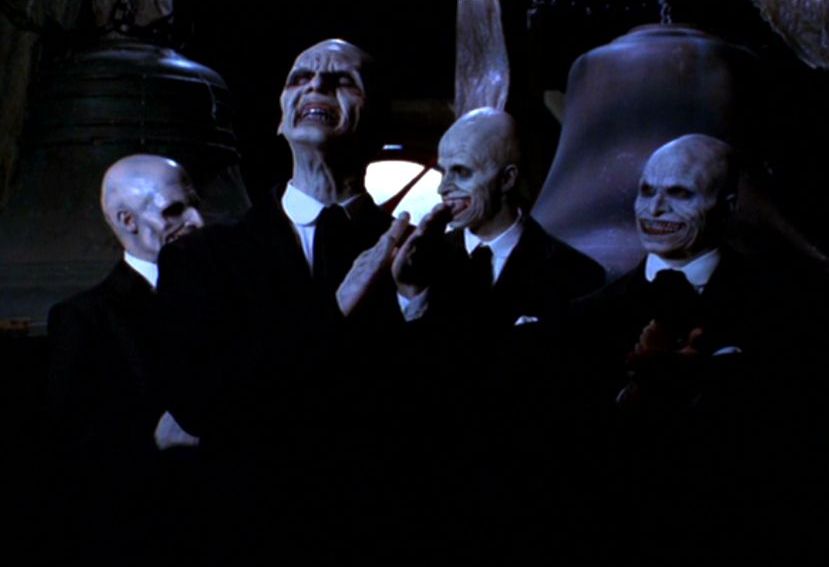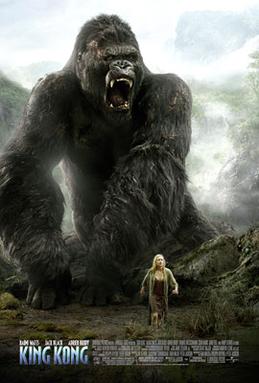
First of all, I FREAKING LOVED THIS MOVIE. This will always be a memorable movie to me for 3 HUGE reasons:
1. eto ang pinakauna kong R-18 movie na napanood sa big screen, kahit na I'm still 3 days away form my 18th birthday (medyo badass XD),
2. I have been reading so much promotional materials (kahit yung mismong script na ni-leak nila months ago) but I was still shocked and disgusted, and
3. this movie signifies a new saga of gore, a new series of Evil Dead na ngayon pa lang ay pinaplano na ang sequel.

On the movie itself naman, I was not expecting na ganun siya ka-hardcore. I tried to stay away from torrents and camrips kasi malakas ang pakiramdam ko na hindi talaga ako matutuwa kung sa bahay ko lang siya papanoorin. So I watched it in a theather with my Mom yesterday, at sinabi ko sa sarili ko na kahit magyaya nang lumabas ang Nanay, hindi talaga ako aalis. Hahaha. I thought I wouldn't flinch anymore, not even a little squirm. BUT NO.

Ang kuwento niya ay tungkol sa limang magkakaibigan na nagpunta sa childhood retreat nila, isang secluded cabin sa gitna ng kakahuyan, para magtulungan na ma-overcome ng main character na si Mia (Jane Levy) ang drug addiction niya, and possibly, ayusin ang gusot nila ng kapatid niya na si David (Shiloh Fernandez). Things quickly go to hell nung bumaba sila sa basement to investigate a god-awful smell (turns out na nagkalat pala ang sandamakmak na dead cats doon used for rituals) and the "smart guy" Eric (Lou Taylor Pucci) finds a book called the Book of the Dead, or Naturan Demonto, bound in human flesh and inked in blood.

So dahil nag-effort talaga yung huling gumamit na sulatan ng sandamukal na warnings yung libro bago niya balutin ng garbage bag at talian ng makapal na barbed wire bago itago sa basement, binuksan ni Eric yung book at kinapa yung mga naka-emboss na incantations, na talagang pinagkasipagan niyang ii-sketch at basahin nang malakas. Sa point na to, kinuwestyon ko talaga yung IQ ng character niya. Right after niyang basahin yun, isa-isa na silang sinapian ng demonyo galing sa libro, forcing them to inflict grisly mutilations and gruesome injuries to themselves and their friends.

As a remake, expect na hindi talaga siya carbon copy ng original 1981 cult classic. Kung familiar ka sa The Evil Dead of '81, hindi mo maiiwasang mag-compare and contrast, and if you do, you might even feel a little bit frustrated. Pero mostly dahil yun sa statement ng direktor na si Fede Alvarez na isa itong rebirth at hindi remake. Kung hindi ka naman familiar sa original, feel free to judge the movie on its own merit. Either way, wala kang choice kund i-enjoy ito. Hehehe.
I don't think it's even a spoiler anymore when I say people will die in this film brutally, and when I say brutal, I really do mean brutal. Immediately, Olivia (Jessica Lucas) brutally cuts her face off with broken glass and attacks Eric (shown in trailer). Natalie (Elizabeth Blackmore) brutally cuts her arm off with an electric knife (shown in trailer), but not before possessed Mia cuts her tongue in half with a box cutter and French-kisses Natalie, infecting her with the demon (shown in trailer). There's even a scene where Mia bathes herself in boiling water, and I immediately recall my own accident. Dun ako pinaka-napangiwi kasi it could happen to anyone (accidentally, of course).





 \
\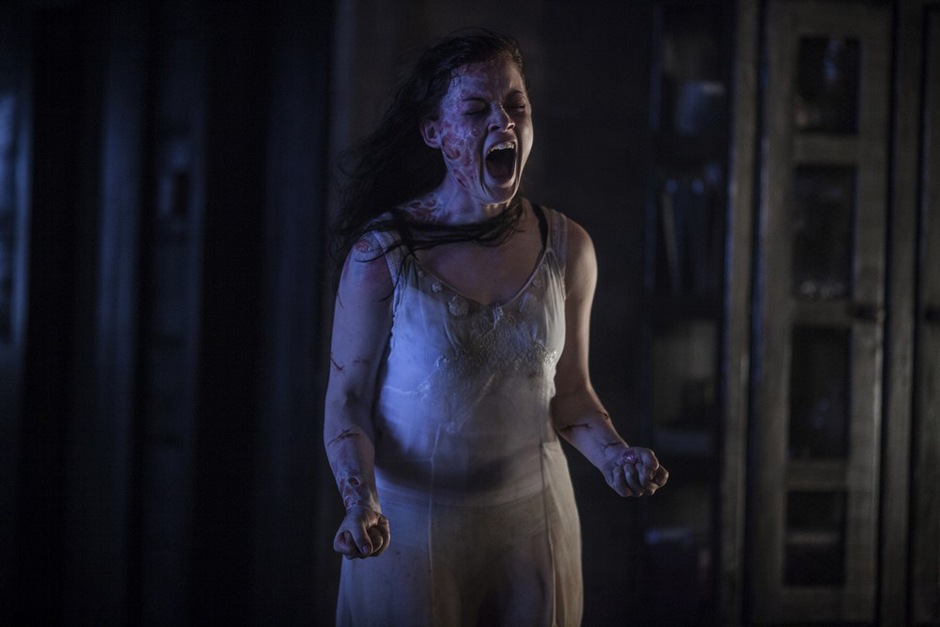
Kung susumahin mo ang amount ng dugo na lumabas sa screen for whole 90 minutes, kaya niyang punuin ng dugo ang isang buong blood bank, and stil have some more to give away to the needy. I'm not kidding, ganun talaga karaming dugo ang makikita mong tumulo, tumalsik, nalunok, nilunok, at lumabas sa kung saan-saang butas na ginawa man ng characters sa sarili nila o sa kaibigan nila, o galing mismo sa langit na reserved for that epic climactic battle in the end.

Siyempre, hindi naman puro gore ang Evil Dead. May genuine chemistry rin bilang magkapatid si Jane at si Shiloh, at mararamdaman mo yung sincerity nilang dalawa na magkaayos. Si Lou, nagampanan nang mabuti yung pagiging apparently-smart guy na hard to kill. Si Jessica, kahit maikli lang yung ganap, talagang maganda kasi nakakalungkot na namatay siya kaagad. As for Elizabeth, her character was in the wrong place in the wrong time, not being very close to the others pero napilitang tumulong as if mamamatay din siya if they do.
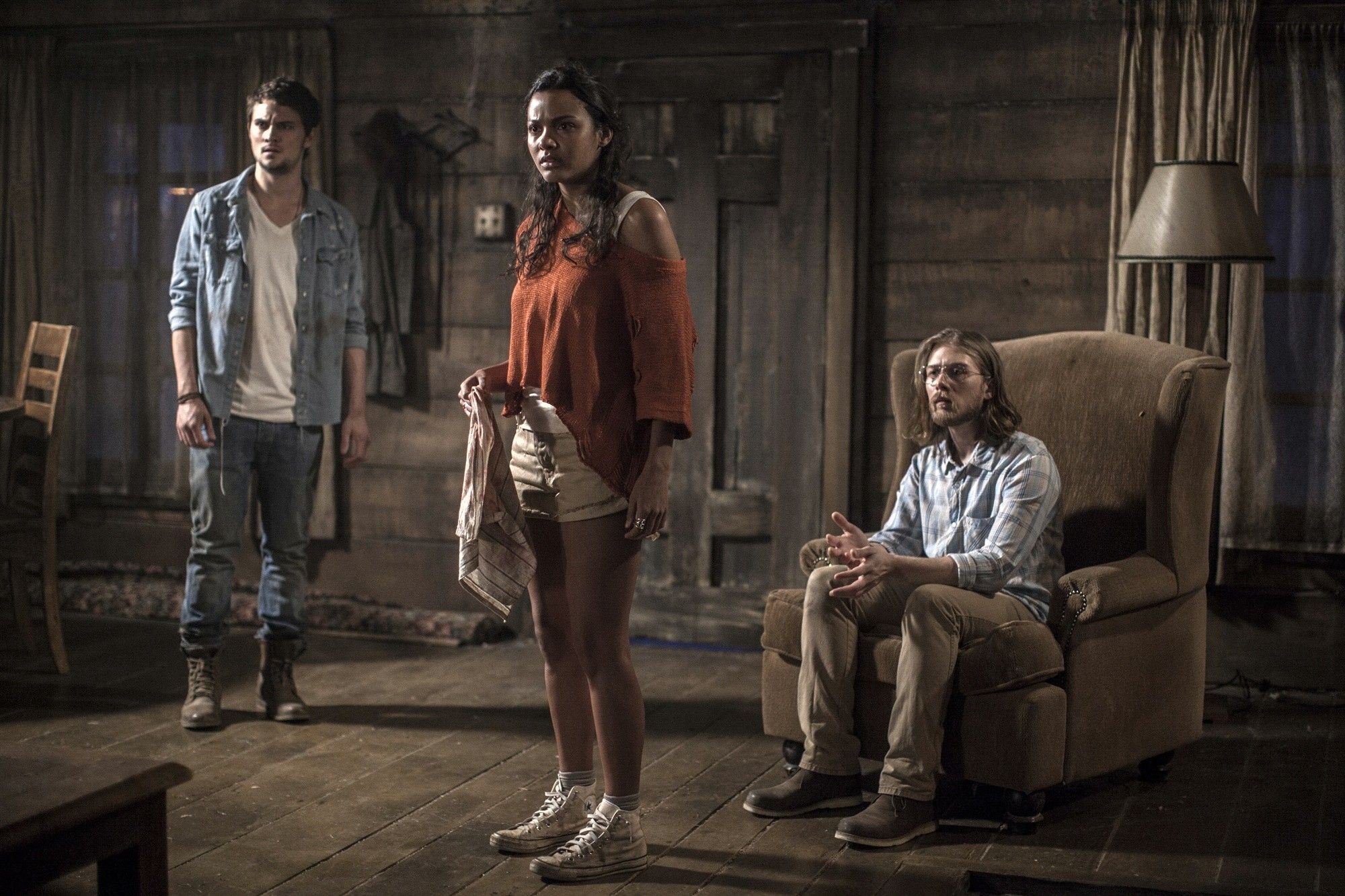


Isa pang napakalaking plus factor nitong remake na ito ay yung cinematography. Shot-for-shot, I dare say this the most beautiful horror movie to look at. landscapes feel like they're in front of you even in 2D. Trees feel far away and dangerously close, the rain creates a foreboding atmosphere, and even the blood looks as if you can go in front and wipe it off the screen. You really cannot fully appreciate this movie unless you see it in theaters.
So in closing, do I recommend this movie? HELL YEAH. In fact, see it two or more times if you can. It deserves a first viewing, a rewatch, and another rewatch, and another, and another. To quote Mia, "FEAST ON THIS, MOTHERFUCKER!"
(P.S. If you're a fan of the originals just like me, I strongly suggest to stay during the credits. Trust me.)
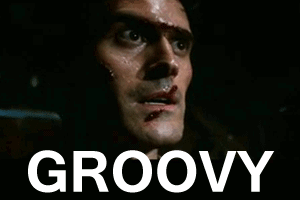
+-+Red+Band+Trailer+%232+(HD).mp4_snapshot_01.08_%5B2013.05.14_21.54.00%5D.jpg)


+-+Red+Band+Trailer+%232+(HD).mp4_snapshot_01.52_%5B2013.05.15_14.01.55%5D.jpg)



